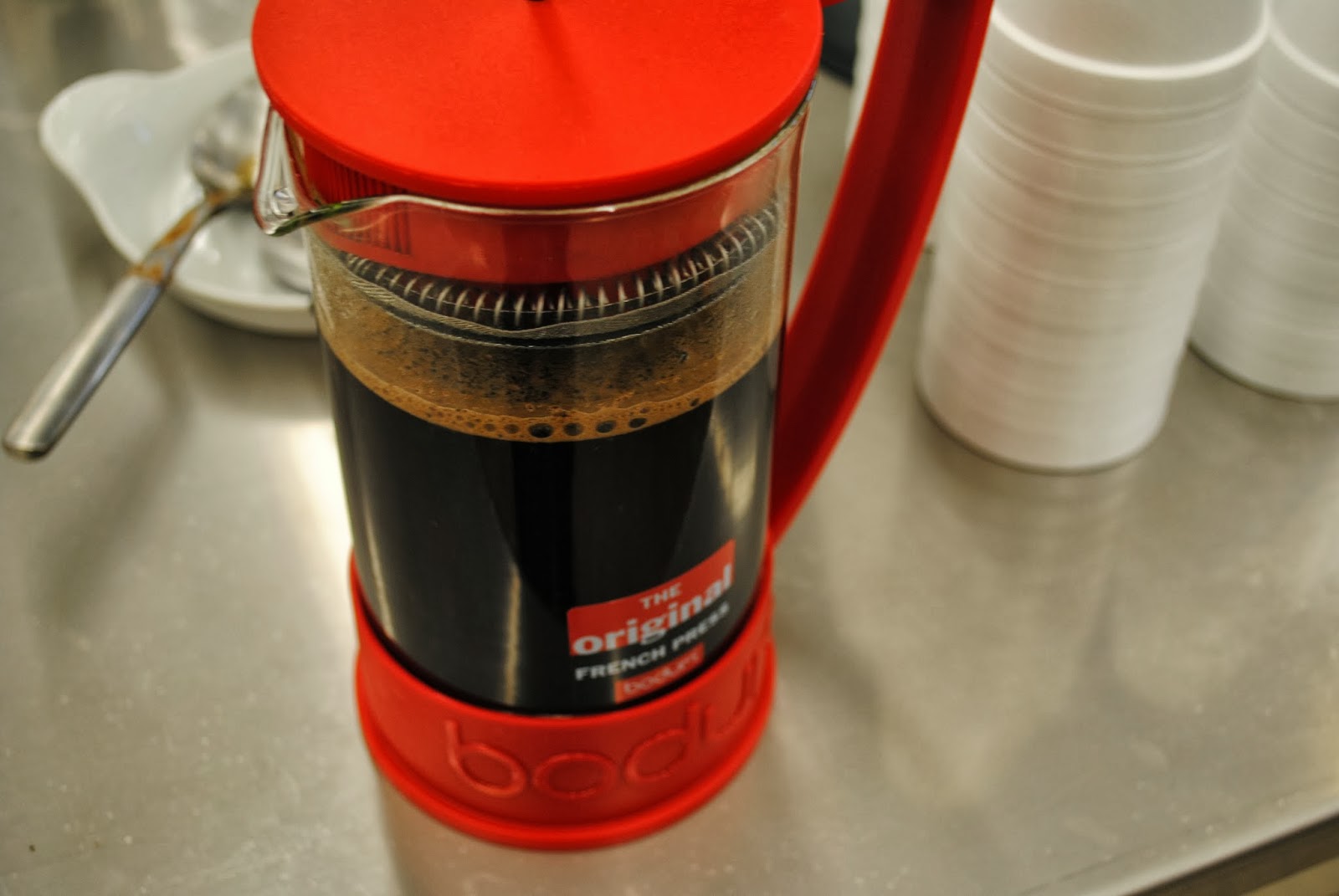Beyond Seasoning: Other good uses for salt
Though most of the time we use salt for seasoning, it also comes in handy for a wide range of less obvious applications.
Dulling the Bitter Edge
Here’s a little-known fact about salt: It masks bitterness. Our tastebuds have many more receptors for bitterness than for the other four basic tastes (sweet, sour, salty, and umami); thus, bitterness can often overwhelm other flavors present in food. Salt works to block the taste of bitter compounds, thereby enhancing other less prominent flavors. We add salt to everything from eggplant to coffee, where we’ve found that adding 1/8 teaspoon to the grounds for every full (72-ounce) pot reduced the perceived bitterness.
Tender Scrambled Eggs
Salt keeps egg proteins from bonding to one another, thereby producing a weaker protein chain and more-tender scrambled eggs. We recommend adding 1/8 teaspoon of table salt for every two eggs just prior to cooking.
Deep-Cleaning Cast Iron
The abrasive quality of kosher salt makes it a perfect cleanser for rusty or gummy cast-iron cookware. Our method: Warm 1/4 inch vegetable oil in pan for 5 minutes; remove from heat and add 1/4 cup kosher salt. Scrub salt into pan with paper towels until debris loosens. Rinse well and repeat if necessary.
Making Garlic Paste
Garlic paste adds robust garlic flavor to dishes like aïoli and pesto. To ensure that the garlic’s texture is smooth and unobtrusive, sprinkle kosher salt over minced garlic and use the side of a knife to reduce the chopped garlic to a fine paste.
Greener Green Beans
Adding salt to the cooking water not only seasons green beans but also helps them retain their bright color. When green vegetables cook in unsalted water, some of the chlorophyll molecules lose their color-enhancing magnesium atoms; this causes the vegetables to turn a dull shade of olive green. Salt stabilizes the chlorophyll, helping the vegetables stay greener. To maximize color retention without oversalting, use 1½ teaspoons of salt for every quart of water.
Quick-Chilling Drinks
Salted ice water will chill beverages faster than regular ice water or even the freezer. When salt is added to ice water, the freezing point and temperature decrease, lowering the ice’s melting temperature to well below 32 degrees. The result is a brine significantly colder than plain ice water that can rapidly chill liquids. When we tested this trick with three 750-milliliter bottles of wine, the bottle chilled in an ice-water brine plunged to the optimal 38-degree temperature roughly twice as fast as the freezer-stashed bottle and three times as fast as the one submerged in regular ice water.
Ice-water brine formula: For every bottle of wine or three to four (12-ounce) bottles of beer or soda, mix 1 quart of water with 4 quarts of ice and 1 cup of table salt.Published with permission from Cook's Illustrated.
























